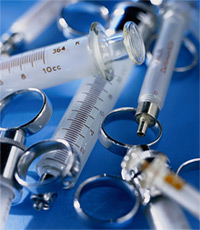Looking for more insights?
Sign up to stay informed about our latest article releases.
Demand for health care services in China will increase substantially in coming years as a result of the country's economic growth, aging population and increasing urbanization. However, the country is battling many constraints that limit access to medical services, including high out-of-pocket costs for patients and a dearth of qualified physicians due to poor pay and heaps of regulations. Along with recommendations for change, these were some of the insights offered recently during the Wharton China Business Forum 2010 in Philadelphia.

Sign up to stay informed about our latest article releases.